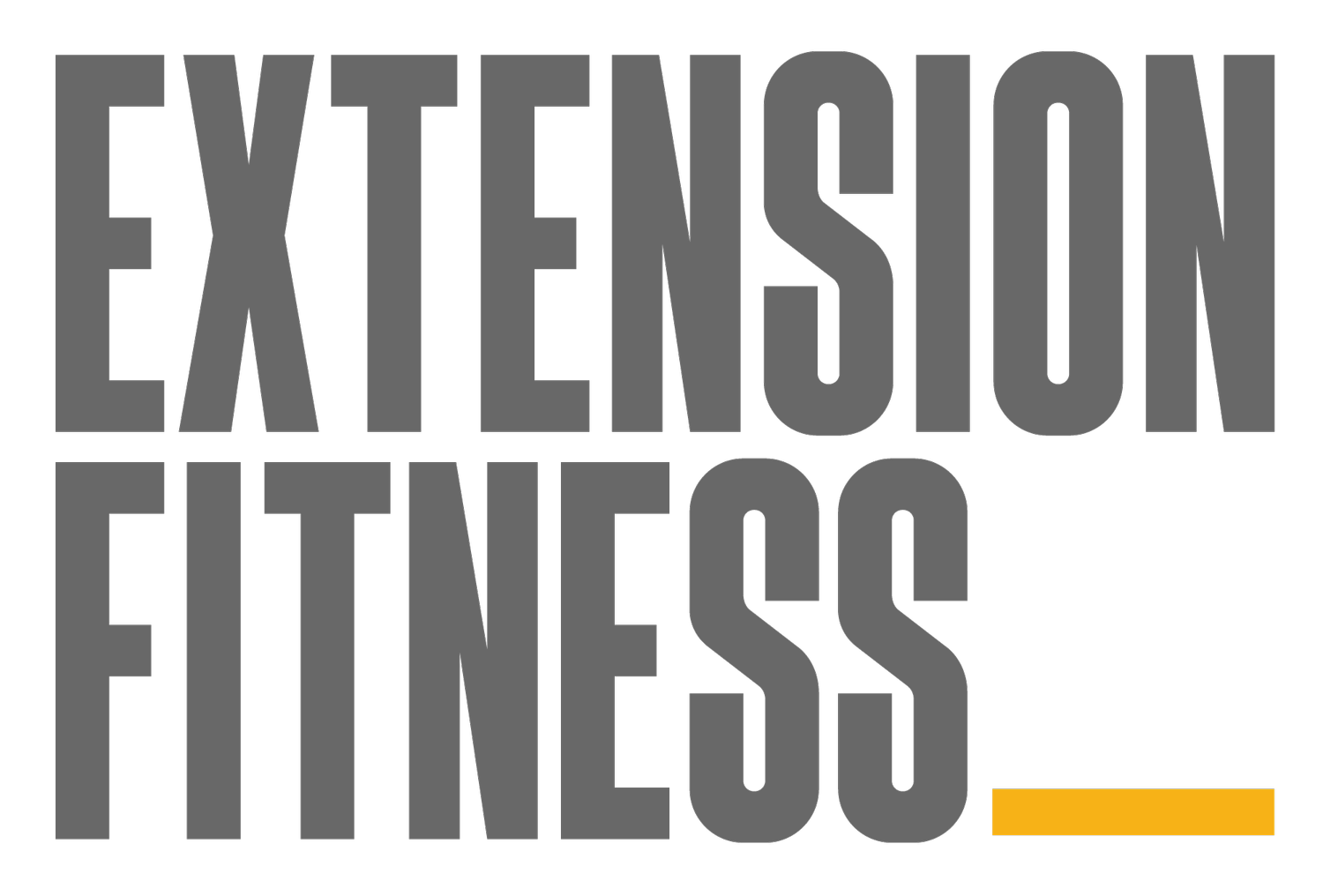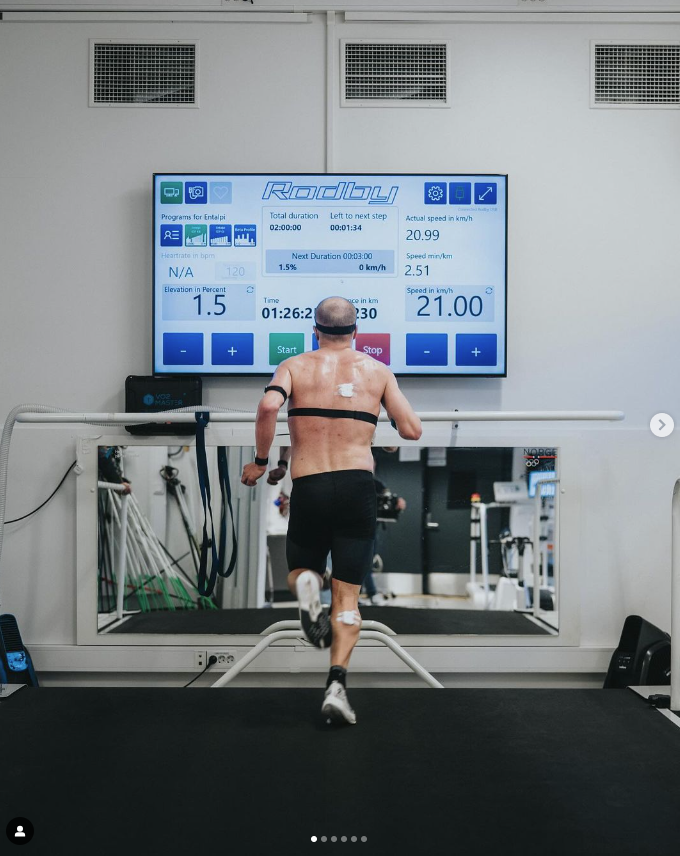Kristian Blummenfelt’s Trendelenburg Sign. Should He Fix It? The Answer Matters To You.
I'm mesmerised watching the progress of Kristian Blummenfelt and Gustav Iden. These two Norwegian triathletes are rewriting the textbooks on achieving peak human endurance performance.
Under the watchful eye of brainiac coach Olav Aleksander Bu, they are conducting a multi-year experiment seeking to become as fast as humanly possible in the triathlon. You can check it out here, here, and here.
As such, they are continuing to push the boundaries by using "the Norwegian method" for maximising endurance performance.
Interestingly, they stand in a long time of Nordic endurance superstars, including the “Flying Finn” Paavo Nurmi. The Nordic countries punch way above their weight in endurance sport, perhaps because of the ubiquity of cross-country skiing in Scandinavian childhoods, and the veneration of endurance sport in their culture (which is like many African nations).
Despite the slight absurdity (in my opinion) of the lengths that Blummenfelt’s group is going to for sporting glory (I feel that way about much elite sport), it is amazing to see what they’re achieving.
And not just in terms of race victories, the performance metrics these two are producing in a test environment are quite phenomenal.
Kristian’s Trendelenburg Sign
Recently, a picture of Kristian on Instagram caught my attention. He was running on a treadmill, and I thought my myself, "Huh... It looks as though he has a Trendelenberg sign."
Here's the photo in question:
The hip dropping down on the left could be a Trendelenburg sign
What Is A Trendelenburg sign?
This is when your hip "drops" as you accept weight onto your leg, with your pelvis tilting down towards the ground on the non-stance leg (the one OFF the ground). It can be caused by nerve damage, or it can simply manifest due to weakness or excess fatigue in the muscles which hold the pelvis level as you accept weight onto your leg.
Should He Fix It?
According to the conventional wisdom, yes he should.
(Please note: in real life, more testing would be needed to confirm the presence of this sign but I’m assuming it is there for the sake of the arguments I’m advancing in this article).
The Trendelenburg sign is correlated with certain injuries, especially in the kneecap joint and “ITB” (iliotibial band – a rope like band of connective tissue running between the hip and knee).
Image obtained from Physiopedia
Weakness in the muscles connected to a hip drop are also correlated with these injuries.
What’s more, addressing the muscle weakness producing this sign can lead to an injury risk reduction.
And (to declare my cards) if I were Kristian’s coach, I’d investigate it. If initial attempts to treat this sign via gait retraining cues, drills and muscle strengthening made him feel more efficient and move faster when he was running, it is a line of enquiry I think I would pursue.
So, the argument for intervention in this (somewhat hypothetical) case seems cut and dried.
And yet, to the best of my knowledge Kristian remains uninjured and performing exceptionally well. So perhaps it’s better left alone?
When looking at an athlete like Blummenfelt, who’s been dominating his field for so long without injury, you need to be slow to jump to the conclusion that there's something wrong with the way he moves.
The burden of proof rests upon the person who suggests that some change is needed. The default course of action should be to leave it alone.
It’s up to ME, the one proposing a change, to make the case that it’s worth doing.
His team is laser focussed on success, highly resourced and extremely motivated. They leave no stone unturned. What's more, his body has been slowly adapting year-in year-out to maximise performance (of which a critical component is minimising injury risk).
We should be very cautious in drawing the conclusion that there is something wrong – even if we see some sign which would typically indicate a problem.
Maybe it is actually NOT a problem in his case! It could even be beneficial in some way. Perhaps he needs to exhibit this sign to maximise his range of motion? Perhaps he’s so strong that he can easily absorb the strain from these movement patterns?
Moving in this way might be an issue for a weekend warrior, but it could be totally fine for him. We could waste time and energy correcting this “fault”. Time and energy which could be spent better elsewhere.
Why Does It Matter?
I’m interested in this question because it is a nice case study in clinical reasoning, which is the process used in healthcare to make a diagnosis and determine treatment.
Everyone involved in healthcare is doing clinical reasoning – including you.
When a GP refers his patient to a back surgeon after seeing their MRI, they are doing clinical reasoning. They are thinking to themselves: “This person is in pain because of what I saw on their MRI and a surgeon is needed to work on that issue”.
When you evaluate your GPs action, asking yourself “Do I really need to see a surgeon?” you’re doing clinical reasoning too.
Specifically, this case study shows the challenges involved in mechanistic reasoning (which I have written about here).
Mechanistic reasoning is deciding about treatment (or some other course of action) based on physiology/biomechanics alone.
It excludes empirical (real life) testing of the decision – i.e. seeing whether the treatment really works in the real world. Empirical testing of a decision or theory can include activities like running randomised controlled trials, keeping a pain diary, or tracking changes in strength or cardiorespiratory (heart & lungs) fitness.
What matters to Kristian Blummenfelt is running fast. Injury can get in the way of that – not least because it disrupts training. The way he runs (which includes things like the Trendelenburg sign) may be indirectly related to injury risk, but they’re not the main game.
His Trendelenburg sign (or some other aspect of technique) is what’s called a surrogate outcome - a thing that stands in for the outcome which matters.
The Trendelenburg sign is related to his running speed (which is what we care about) but it’s not our main focus. The Olympic gold or the victory wreath at Kona (the location of the Hawaii Ironman) is given to that fastest triathlete, not the triathlete with the tidiest biomechanics.
Healthcare is full of shoddy decision making based on mechanistic reasoning.
Fixation on surrogate outcomes is commonplace and leads to treating the signs and symptoms – not the actual issue or person. This could unfold with Blummenfelt if his coaches were to obsess over a small, questionable technical error in the absence of any presenting issue.
Here’s some prominent examples of what I mean by mechanistic reasoning based on surrogate outcomes:
1// Chiropractic is a hotbed of poor clinical reasoning, with many practitioners asserting that ongoing manipulations are needed based on X-rays alone (in the absence of any spinal pain). “Treating the scan, not the person”.
2// Over prescription of anti-depressant medication (based on the discredited “chemical imbalance” theory of mood disorders).
3// Vertebroplasty for severe disc degeneration (a procedure which “should” work, but actually doesn’t when subjected to empirical/real-world testing)
4// Joint Replacements based on excess weight given to imaging results in the diagnostic process (many people with dodgy looking knees and hips are pain-free and some people with pristine scans are in agony)
5// Over prescription of orthotics based on observation of static (i.e. standing still) posture – where it’s assumed (wrongly) that there’s a direct, causative connection between static posture, running biomechanics and injury.
What’s The Takeaway?
The human body is wonderfully complicated and regularly defies our models, paradigms and predictions.
In any endeavour involving human health, we need to exercise epistemic humility, having a humble attitude towards our knowledge and its imperfections. We’re not as smart as we think, and biological entities are way more complicated than we understand.
In sport and exercise, we need to understand technique in the broader context of performance, strength, speed, effort and how the athlete actually FEELS. Plus many other factors.
As a provider of fitness services, I try to embody this by outlining to clients the inherent uncertainties in the field. If a runner comes to me with some technical issue to fix, I say to them, “It makes sense to me that it could be slowing you down, but we need to test it in real life. Let’s experiment with some modifications and see how your body responds.”
As a consumer of medical, health and/or fitness services, you ought to be wary of providers who make outlandish promises about the results you can expect from them, or who use signs and symptoms (surrogate outcomes) and not the real life metrics that matter to sell their services.


